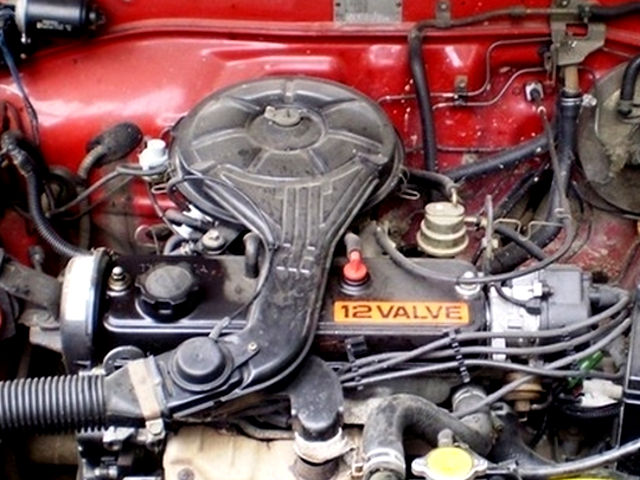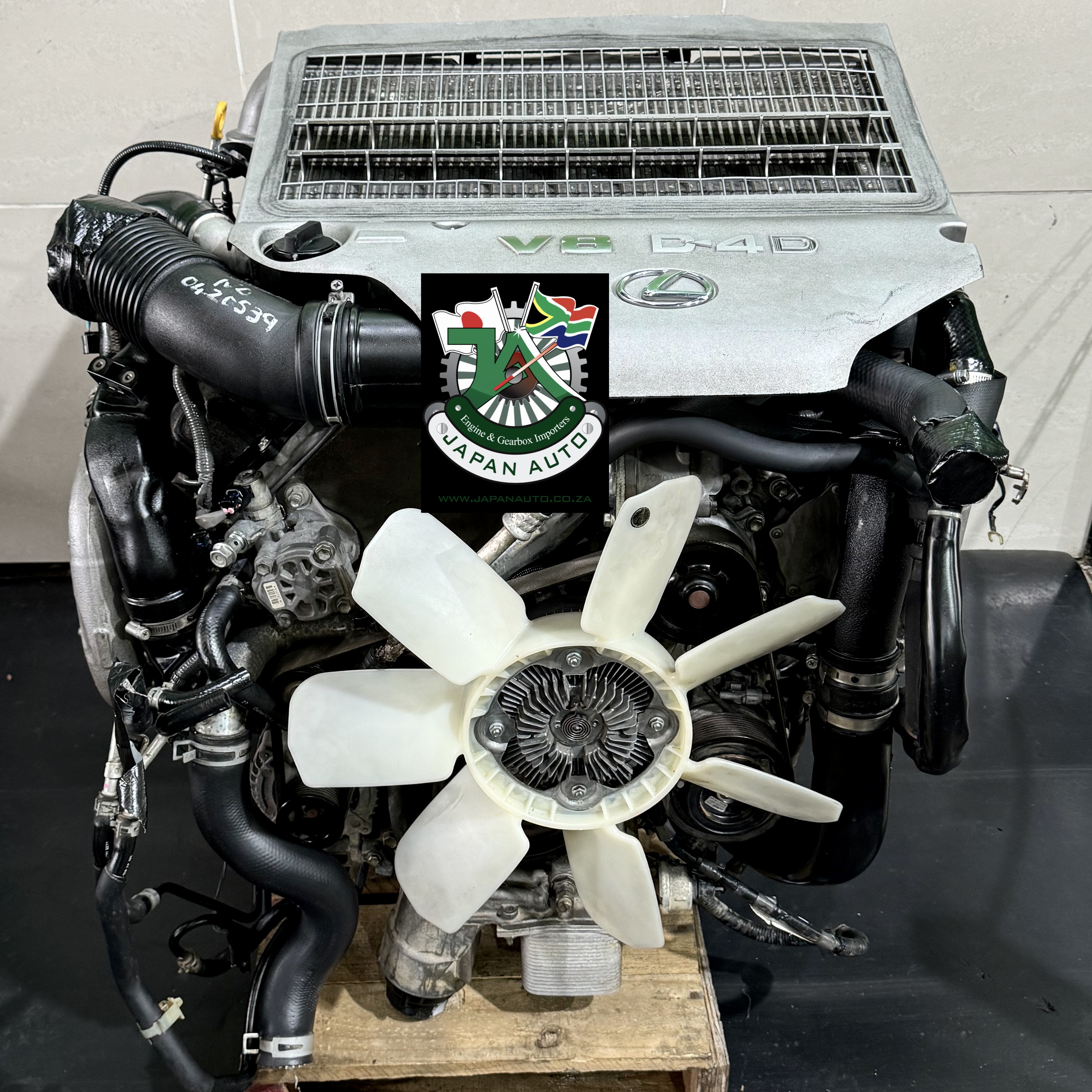Toyota Tazz: The Compact Car That Delivers on Reliability and Fuel Efficiency
Toyota Tazz: The Compact Car That Delivers on Reliability and Fuel Efficiency
Blog Article
Check Out the most recent Trends in Engine Innovation Via Tazz
In the rapidly developing landscape of auto technology, Tazz stands at the leading edge, highlighting considerable innovations in engine systems that prioritize both development and sustainability. tazz. From crossbreed engines that maximize gas performance to the emergence of hydrogen fuel cells, the patterns forming modern-day powertrains are not just boosting efficiency but also addressing vital ecological obstacles. As the sector proceeds to press borders, it is vital to think about exactly how these advancements will certainly affect future transport options and the wider ramifications for worldwide energy usage. What lies ahead in this pivotal change?
Crossbreed Engine Innovations
Crossbreed engine developments represent a crucial change in auto technology, incorporating the advantages of internal burning engines with electric propulsion systems. This integration not just enhances fuel effectiveness yet also reduces exhausts, meeting progressively strict environmental guidelines. By using both energy resources, hybrid engines can optimize efficiency, delivering power when needed while preserving gas throughout less demanding driving conditions.
Recent developments in crossbreed innovation consist of enhancements in battery performance and regenerative braking systems. These technologies permit better power recovery throughout slowdown, which can be rerouted to help in acceleration or power accessory systems. Moreover, manufacturers are concentrating on light-weight products and compact styles to maximize the effectiveness of crossbreed powertrains.
The growth of plug-in hybrids has actually additionally expanded the market, allowing vehicle drivers to charge their lorries using common electric outlets. This attribute frequently permits considerable all-electric variety, more lowering reliance on traditional fuels. tazz. As the automobile market proceeds to progress, hybrid engine modern technologies are anticipated to play an essential function in connecting the void between conventional cars and completely electric models, offering a transitional service that caters to diverse customer requirements and preferences
Developments in Electric Powertrains
The automotive landscape is swiftly evolving, with electric powertrains becoming a leading pressure in sustainable transportation. Advancements in electric vehicle (EV) technology are considerably enhancing customer, effectiveness, and performance experience. Trick technologies include improvements in battery chemistry, which have actually boosted energy thickness, minimized charging times, and extended total battery life.
Solid-state batteries, for instance, promise to change the market by providing better security and efficiency contrasted to conventional lithium-ion cells. Furthermore, innovations in regenerative braking systems are making it possible for automobiles to recover power during slowdown, contributing to total effectiveness.
Along with battery modern technology, electric motor layouts are becoming a lot more sophisticated. Advancements such as incorporated motors and progressed thermal management systems are assisting to maximize power delivery and minimize weight, ultimately improving lorry dynamics.

Collectively, these advancements highlight the commitment to change towards cleaner, much more efficient transportation services, positioning electric powertrains at the forefront of automotive innovation.
The Rise of Hydrogen Gas Cells
Progressively, hydrogen gas cells are obtaining grip as a viable choice to standard inner burning engines and battery electrical lorries. This innovation utilizes the chemical power saved in hydrogen, transforming it right into power via an electrochemical response with oxygen. The primary result of this procedure is water, making hydrogen gas cells an eco-friendly option with absolutely no exhausts at the tailpipe.

Car manufacturers are increasingly purchasing hydrogen gas cell technology, acknowledging its possibility for long-range applications and rapid refueling capabilities that equal standard fuels. In addition, sectors such as heavy-duty check transport and public transportation are specifically fit for hydrogen fuel cells, where battery electric services might fail as a result of weight and array restrictions.
As research and investment remain to increase, hydrogen gas cells are positioned to play a substantial role in the future landscape of clean transportation and energy solutions.
Enhancements in Internal Combustion Engines
Innovations in inner burning engine (ICE) innovation are transforming traditional lorries to fulfill modern-day environmental standards and efficiency assumptions. Straight gas shot, for instance, allows for far better atomization of gas, leading to even more total combustion and enhanced power result.
Furthermore, turbocharging has obtained importance, enabling smaller engines to provide greater performance without the weight of larger engines - tazz. This modern technology not only boosts performance however also adds to lower gas consumption. Variable shutoff timing systems are also being improved, allowing engines to adjust to different driving problems for enhanced torque and responsiveness
Moreover, making use of lightweight visit the website products in engine construction is coming to be conventional, further improving gas effectiveness by reducing general vehicle weight. Engine control systems (ECUs) are increasingly innovative, enabling real-time changes that optimize performance and exhausts.
These enhancements collectively indicate a critical change in ICE technology, lining up with international sustainability goals while still offering the efficiency chauffeurs anticipate from their lorries. As the industry progresses, these renovations continue to shape the future of standard automotive engineering.
Future Patterns in Engine Performance
Substantial advancements in engine effectiveness are prepared for as manufacturers focus on integrating innovative technologies to satisfy rigorous ecological regulations and consumer demands. The shift towards electrification, crossbreed systems, and alternative gas is improving the automobile landscape, driving innovations that improve fuel economy and minimize exhausts.
One of the key trends is the implementation of sophisticated products and manufacturing techniques. Lightweight compounds and high-strength alloys add to lowered automobile weight, thus improving total performance. In addition, the adoption of turbocharging and variable valve timing modern technologies enables for boosted power outcome from smaller sized engines, even more improving fuel economic situation.

Conclusion
Finally, the expedition of engine technology discloses considerable advancements that focus on sustainability and efficiency. Advancements in hybrid engine systems, electrical powertrains, and hydrogen fuel cells show a dedication to decreasing exhausts while improving efficiency. Renovations in internal combustion engines and an emphasis on lightweight materials add to overall engine effectiveness. As the auto industry continues to evolve, these patterns will certainly play a crucial function in shaping a cleaner and even more sustainable future for transportation.
From crossbreed engines that optimize gas efficiency to the appearance of see page hydrogen fuel cells, the fads forming modern-day powertrains are not only enhancing performance yet likewise resolving essential environmental obstacles.Crossbreed engine innovations represent a critical shift in automobile modern technology, incorporating the advantages of inner burning engines with electrical propulsion systems.Furthermore, turbocharging has acquired importance, enabling smaller engines to provide higher performance without the weight of larger engines. Additionally, the adoption of turbocharging and variable shutoff timing modern technologies permits for boosted power output from smaller engines, further enhancing gas economic situation.
Renovations in inner burning engines and a focus on lightweight products add to general engine effectiveness.
Report this page